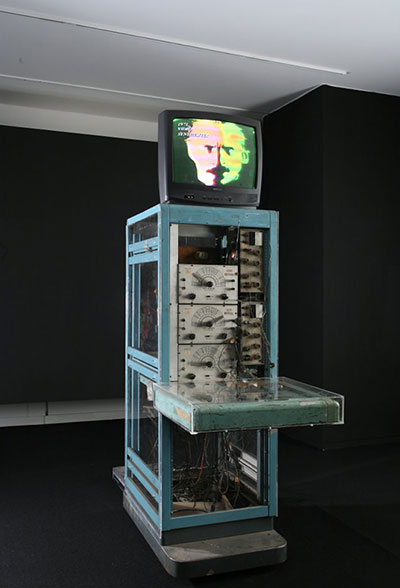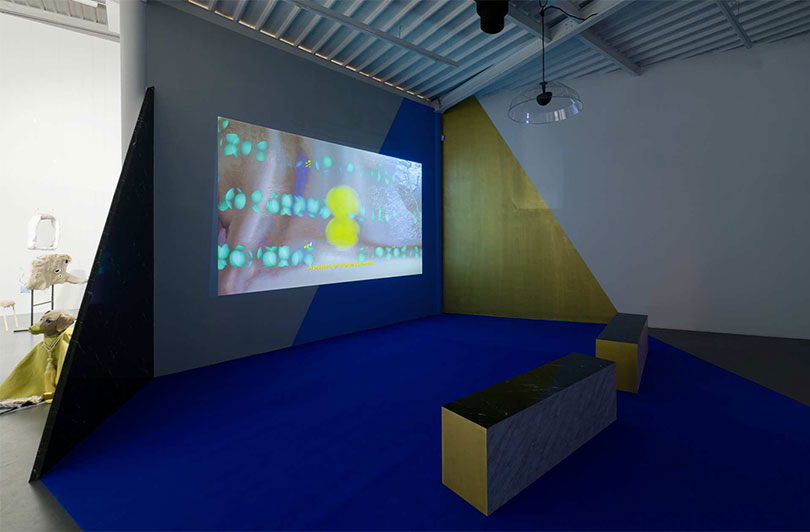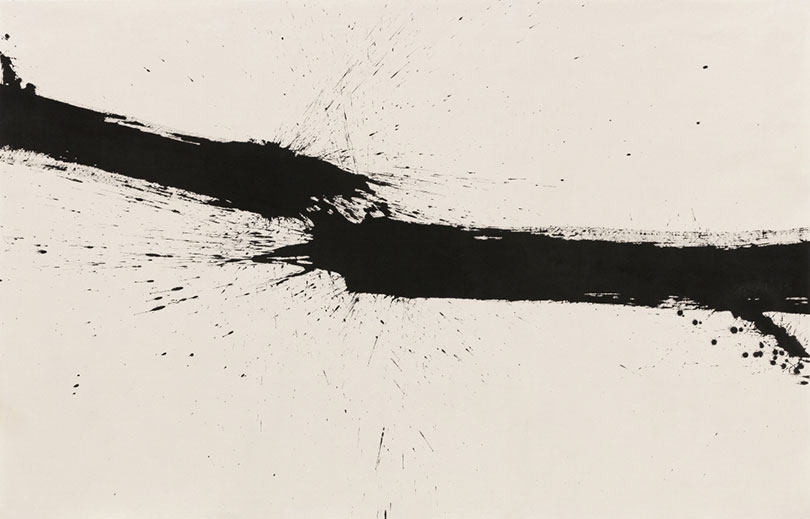
Venue: Nam June Paik Art Center 1F
Nam June Paik ruptured the authoritarianism of music and the auteurism of visual art, by establishing a new relationship with the audience. Extraordinary Phenomenon, Nam June Paik is to explore his works of art from a standpoint of ‘participation.’ The notion of participation in contemporary art has been developing from the interaction between artworks and audiences, to the involvement in social and political institutions through the very interactions woven in and out of art. Way before the discourses of ‘relational aesthetics’ were brought to the fore engaging with institutions and social systems, Paik already put into practice a new form of art that unsettled conventional ways of art production and its reception.
Such graphic scores as Moving Theater, New Ontology of Music, Symphony for 20 Rooms that composer Paik produced in the early 1960s, all postulated active audiences as integral to actually performing the scores. Most works featured in his first solo show Exposition of Music – Electronic Television held in 1963 were also in a state of flux, indeterminate and transformative, depending on the audience’s actions. This seminal event opened up a new chapter of exhibition histories in terms of its innovation in audience interactivity.
In the exhibition, klavier Intégral and Random Access, and also thirteen experimental televisions introduced there for the first time. His intervention in the television, in particular, by modifying and manipulating both TV sets and broadcast images, was geared not only to changing the relationship between artworks and audiences. It was no less than a joint intervention of the artist and the audience alike in the institutional workings of media systems, and a subsequently formulated proposition for new modes of communication could forge a different kind of social and political relations.
+https://njpac-en.ggcf.kr/archives/exhibit/extraordinary-extraordinary-phenomenon-nam-june-paik


